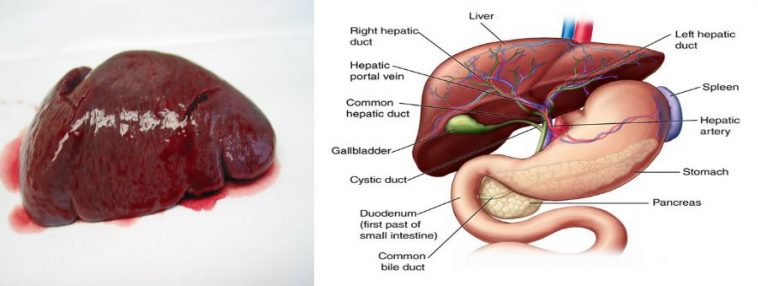All about The Spleen
The spleen, a soft, spongy organ about the size of a fist, is located in the upper left quadrant of the tummy, just below the caricature pen. It’s supplied by the splenic roadway, which brings blood from the heart.
Blood leaves the spleen through the splenic tone, which joins a larger tone (the portal tone) that carries blood to the liver. The spleen has an envelope made of stringy towel (the splenic capsule) that supports the blood and lymphatic vessels.
The spleen is composed of two main types of towel, each with a different function
White pulp
Red pulp
The white pulp is a element of the defense system against infection ( vulnerable system). It produces white blood cells called lymphocytes, which in turn produce antibodies (specialized proteins that fight irruption by a foreign substance).
The red pulp filters the blood and removes unwanted rudiments. It contains other white blood cells, called phagocytes, which ingest microorganisms, similar as bacteria, fungi and contagions. It also controls red blood cells, destroying those that are abnormal, too old or no longer performing duly. Eventually, it serves as a force for colorful blood rudiments substantially white blood cells and platelets (pseudo-cellular patches involved in coagulation). Still, the elimination of these rudiments is only a minor function of the red pulp.
Asplenia
It’s possible to live without a spleen (this condition is called asplenia).
Asplenia is a loss of splenic function due to
an absence of the spleen at birth
a complaint that affects the function of the spleen ( functional asplenia)
surgical junking of the spleen (splenectomy)
The absence of the spleen at birth is a rare complaint. Babies with this complaint frequently also have a heart disfigurement.
People with functional asplenia have a spleen that doesn’t serve duly. Asplenia functionalis can be caused by a variety of conditions.. Common causes include sickle cell complaint, celiac complaint, and alcoholic liver complaint. Functional asplenia can also do after injury to the highways or modes of the spleen.
Splenectomy is the surgical junking of the spleen. It may be performed in else healthy people who bear splenectomy after injury to the spleen (e.g., as a result of a motor vehicle accident) or in people with conditions that beget the spleen to enlarge and thus bear splenectomy.
After junking of the spleen or in cases of functional asplenia, the body loses some of its capability to produce defensive antibodies and to remove unwanted microorganisms from the blood. The body’s capability to fight infection is thus bloodied. Still, other organs ( substantially the liver) compensate for this loss by adding theiranti-infective capacity and by controlling and barring abnormal, old or damaged red blood cells.
People who no longer have a spleen are at particular threat of infection because of the spleen’s part in defending against certain types of bacteria, similar as Streptococcus pneumoniae, Neisseria meningitidis, and Haemophilus influenzae. Because of this threat, people who have had their spleen removed are vaccinated to cover them from infection with these microorganisms. Individualities should also insure that they get their periodic flu shot, as is now recommended for everyone. In some circumstances, diurnal use of antibiotics to help infection is recommended, especially if there’s a concurrent complaint ( similar as sickle cell complaint or cancer) that increases the threat of developing infections or if there’s regular contact with children.
